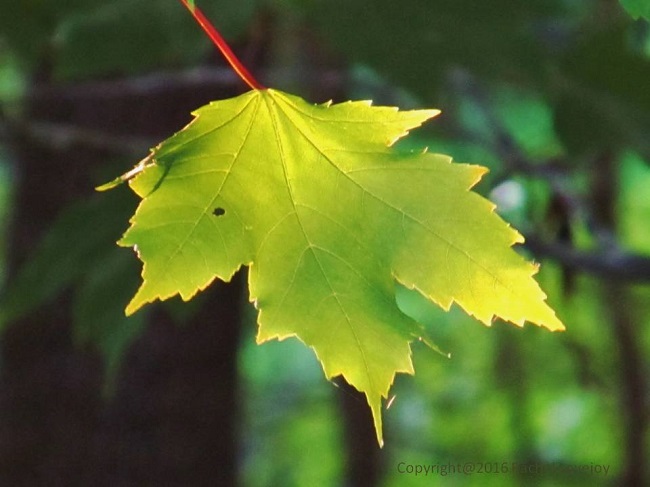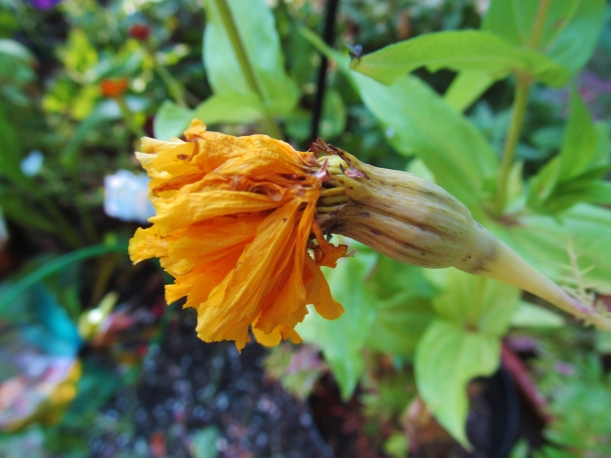The concept of time is unique to humans, as it’s a way of organizing our lives so as to enable us to keep track of our activities, particularly when they involve other people. Time also figures in our personal spaces, as it is how we keep tabs on some of the things we enjoy doing, like watching a television program that comes on at a specific time or meeting a good friend for lunch. In some cases, the timing of these activities can be altered to suit ourselves for the sake of our personal convenience. A good example of that is the ability to record certain forms of entertainment to make them available to us when we’re ready to enjoy them. In those cases, time is merely relative, and we get to dictate it, whereas in other areas of our lives, it still dictates to a great extent where we go and what we do at any given moment. We still have to be “on time” to work every day or to a doctor’s appointment or that lunch with a friend. Lacking the ability to set a specific set of minutes or hours aside for many activities would throw life as we know it into complete disarray. So I think it’s safe to say that our particular concept of time provides a great deal of structure in our lives that we would literally be “lost” without.
In the world of nature, however, time isn’t such a rigid arbitrator of how all forms of life carry on, and much of their existence is organized around the seasons in some parts of the world. Just about everywhere, climate also plays a huge role in determining what happens and when. None of it, though, is rigidly encapsulated into increments of time but allowed to unravel at its own natural pace.
I never feel this truth more starkly than when I am in the woods or some other wild place. There, time doesn’t exist. In keeping with some unwritten law, it’s as if there is an invisible sentinel at the entrance to any trail or along any shoreline who admonishes me to leave my watches and clocks behind, and along with them, my adherence to some sort of schedule. The very essence of time clashes with all things natural, for it is only the slowly shifting difference between night and day that hints at the passing of what we know as time.
If plants and wild creatures operate according to some unwritten law of nature, it obeys that law instinctively and with no great ceremony. A rose knows when to bloom, and it has nothing to do with a device ticking on a wall or a changing number on a bedside table. For the sort of time that all living things operate by has nothing to do with how we humans gauge it and everything to do with every single form of life knowing just when something should happen. When a fox sees the light fading at the end of a day, it sets out foraging, returning to its den once the sun casts its first streaks across the eastern sky. When some species of birds sense the temperatures changing at the end of summer, they migrate to a warmer place to spend the winter.
In all of nature, there is what is called the circadian rhythm, a sort of internal clock, if you will, that operates as a response to darkness and light. What is known as a biological clock is actually large groups of molecules inside our cells that interact to control and coordinate all our individual bodily functions. Several “clocks” control all those functions, with one master clock in the brain, composed of nerve cells, controlling them all. There are no minute or hour hands in these clocks, nor do they produce red or green digital readouts on black screens. They operate, rather, as the result of the stimuli produced throughout our bodies based on our individual genetic makeups and how every single part of our bodies was designed to operate, be we plant or animal.
Yet, none of this is immediately apparent when one steps from the populated world into a woodsy and more remote one. Right away, I sense a shifting of my perceptions and a calming that originates deep within me, as though I am responding to an ancient voice calling me home. If we stripped the world of all the things that humans have produced over the course of time, we would be back to a lush green environment where nothing has yet been dirtied, sullied, or defiled. It’s naive to think that today’s wilder places have remained untouched by that, for our reach has extended to such a degree that the very water pulled up out of the earth by our vast forests is no longer pristine and pure. But from all that I’ve read, the trees, enormous swaths of them which blessedly still exist in some parts of the world, are still hard at work pulling that water up, filtering it through their millions of tissues, and then releasing it back–purified–into the atmosphere, where, sadly, it is once again tainted by the poisons that are the byproducts of our efforts to improve upon a planet that needed no improving to begin with.
So I step from the pavement or the edge of a dirt road onto a narrow woodland path and leave “all of the above” behind. Time ceases to exist for however many minutes I’m there, and even the light takes on an almost celestial quality. I like to think of being in the woods as being in a space between those minutes where nothing and no one acknowledges them. The life of those woods continues around me on all sides in the form of flora and fauna, and not a one of them ever looks at the time, nor do I…
From the Urban Wilderness: Life in the Southern Maine Woods
https://www.amazon.com/Rachel-Lovejoy/e/B00JJ259DS


 It’s a bittersweet time of year here in the northeastern part of the United States. On one hand, those of us who have been craving cooler drier weather have finally gotten our wish with the onset of crisper days and chilly nights. On the other hand, however, it also means a sort of farewell party for those of us who do any type of gardening, be it in pots or in the ground.
It’s a bittersweet time of year here in the northeastern part of the United States. On one hand, those of us who have been craving cooler drier weather have finally gotten our wish with the onset of crisper days and chilly nights. On the other hand, however, it also means a sort of farewell party for those of us who do any type of gardening, be it in pots or in the ground.